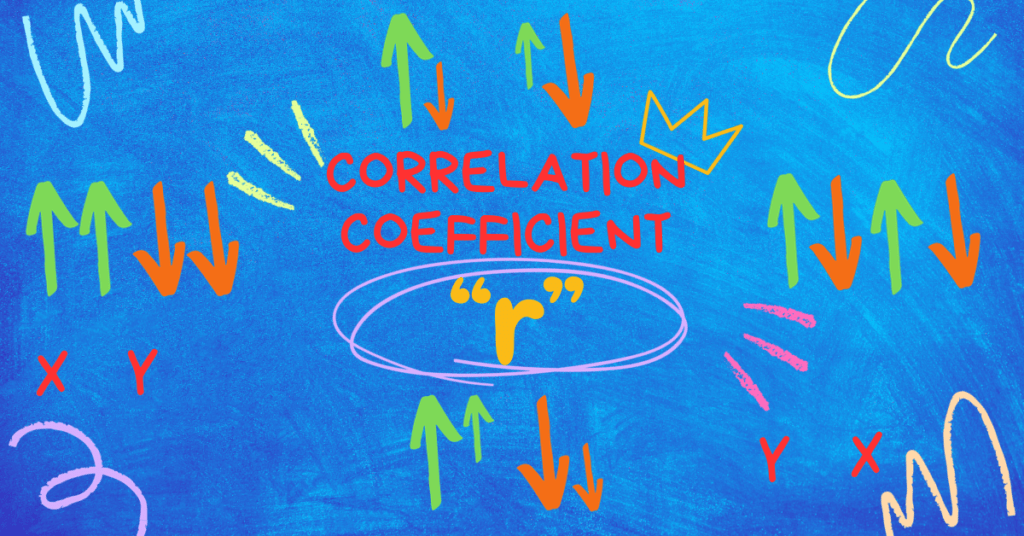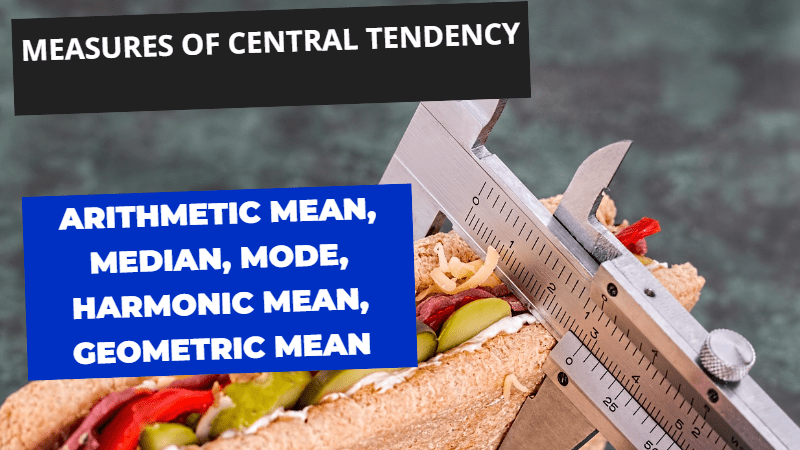In this blog post, I am going to discuss the paper of Business Statistics Solved Paper FBISE 2017 ICOM II, MCQS, Short Questions, Extensive Questions topics included are Introduction to Statistics, Averages, Index Numbers, Probability. Solved paper of Business Statistics Paper 2012 & solved paper of Business Statistics 2013, Business Statistics 2015, Business Statistics 2016, Business Statistics 2016 Supplementary are already published on the website. Stay Connected for other boards solutions such as BISELHR, BISERWP etc.
Table of Contents
Business Statistics Solved Paper FBISE 2017 ICOM II, MCQS, Short Questions, Extensive Questions
Solved by Iftikhar Ali, M.Sc Economics, M.Com Finance Lecture Statistics, Finance & Accounting
MCQS
| Q.1 Circle the Correct Option i.e. A/B/C/D. Each Part Carries 1 Mark. | |||||
| (i) | The data obtained from college record is | ||||
| A. Primary | B. Secondary | C. Grouped | D. Qualitative | ||
| (ii) | A characteristic that varies from one object to another is called: | ||||
| A. Attribute | B. Variable | C. Constant | D. Statistic | ||
| (iii) | The size of class is also called: | ||||
| A. Class Interval | B. Class Frequency | C. Class Mark | D. Class Boundary | ||
| (iv) | A graph of Time Series is called: | ||||
| A. Ogive | B. Histogram | C. Historigram | D. Scatter diagram | ||
| (v) | Total angle of pie chart is: | ||||
| A. 270 | B. 300 | C. 320 | D. 360 | ||
| (vi) | Step deviation method is used for calculation of: | ||||
| A. Median | B. Mode | C. Mean | D. Quartiles | ||
| (vii) | If mean of 10 observations is 20, then their sum will be equal to: | ||||
| A. 100 | B. 200 | C. 10 | D. 20 | ||
| (viii) | In chain base method, the base period is: | ||||
| A. Fixed | B. 1st Year | C. Last year | D. Previous | ||
| (ix) | If all the values are of equal importance, the index numbers are called? | ||||
| A. Weighted | B. Unweighted | C. Simple | D. Value | ||
| (x) | When two dice are rolled the total number of possible outcomes will be: | ||||
| A. 36 | B. 6 | C. 16 | D. 216 | ||
Short Questions
Q.2 Attempt any eight parts. The answer to each part should not exceed 3 to 4 lines. (8 x 3 = 24)
(i) Differentiate between descriptive and inferential statistics.
Answer:
Descriptive statistics deals with collection and presentation of data in various forms, such as tables, graphs and diagrams and findings averages and other measures of data.
Inferential statistics deals with the testing of hypothesis and inference about population parameter is called Inferential Statistics.
(ii) What is classification?
Answer:
In statistics, classification is a process of grouping items or data into classes according to their attributes or characteristics.
(iii) The following data shows the number of students absent during the month of September 2015 from 2nd year Statistics class.
5,3,7,4,6, 1,4,2,3,5,8,4,7, 1,5,2,6,8,7,9,3,10,6,5,0
Make a frequency distribution taking one as class interval.
Solution:
| X | f |
| 0 | 1 |
| 1 | 2 |
| 2 | 2 |
| 3 | 3 |
| 4 | 3 |
| 5 | 4 |
| 6 | 3 |
| 7 | 3 |
| 8 | 2 |
| 9 | 1 |
| 10 | 1 |
| ∑f = 25 |
(iv) What are different methods for collection of Primary data?
Answer:
- Direct Questionnaire
- Through SMS
- Through Telephone
- Through Social Media Platforms
- Through Poll
(v) What is Histogram?
Answer:
Histogram is a graphical representation of a frequency or probability distribution of the data. In Histogram, we take range of values on x-axis whereas frequency of specific values is taken on y-axis.
(vi) Given that x = 10 + 5u, ∑fu= 46, ∑f = 125. Find arithmetic mean.
Solution:
![]()
![]()
(vii) Define median.
Answer:
In measures of central tendency, Median is a type of average that calculates central point of the data. It is also called positional average. Specific data takes a part in the calculation of median. Its formulas for ungrouped and grouped data are given below:
The formula for ungrouped data:
![]()
The formula for grouped data:
![]()
(viii) Distinguish between simple and composite index numbers.
Answer:
In simple index number price or quantity of a single product is taken whereas in composite index, the price or quantity is taken related to multiple products.
(ix) If Laspeyer’s index is 120 and Paasche’s index is 110, then find Fisher’s index.
Solution:
![]()
![]()
(x) Define random experiment.
Answer:
Random experiment is an experiment that is performed in probability distribution in order to know the probability of a particular event.
(xi) How many different permutations can be formed from the word “PAKPATTAN”
Solution
Total letters (n) = 9
Letter P = 2, Letter A = 3, Letter K = 1, Letter T = 2, Letter N = 1
![]()
Extensive Questions
Section C (Marks 16)
Note: Attempt any two questions. All questions carry equal marks. (2×8=16)
Q.3 Determine median and mode from the following frequency distribution.
| Age Last Birthday | 15–19 | 20–24 | 25–29 | 30–34 | 35–39 | 40–44 |
| No of Persons | 4 | 20 | 38 | 24 | 10 | 4 |
Solution
| Marks | f | Class Boundaries | X | C.F |
| 15—19 | 4 | 14.5–19.5 | 17 | 4 |
| 20—24 | 20 | 19.5–24.5 | 22 | 24 |
| 25—29 | 38 | 24.5–29.5 | 27 | 62 |
| 30—34 | 24 | 29.5–34.5 | 32 | 86 |
| 35—39 | 10 | 34.5–39.5 | 37 | 96 |
| 40—44 | 4 | 39.5–44.5 | 42 | 100 |
| Sum | 100 | |||
| ∑f=n |
![]()
Model Class = n/2 = 100/2 = 50 falls in C.F of 62 so data is:
L = 24.5, h = 5, f = 38, n/2 =100/2 = 50 & C = 24
![]()
![]()
![]()
![]()
Model Class: Maximum frequency is 38 so data for model class is:
L = 24.5, fm = 38, f1 = 20, f2 = 24 & h = 5
![]()
![]()
Q.4 Compute Chain indices from the following data of prices.
| Year | Wheat | Sugar | Ghee | Cotton |
| 1965 | 16 | 40 | 200 | 50 |
| 1966 | 20 | 50 | 250 | 60 |
| 1967 | 18 | 70 | 240 | 80 |
| 1968 | 25 | 80 | 300 | 100 |
Solution
![]()
![]()
| Year | Wheat | Sugar | Ghee | Cotton | Median | Chain Index |
| 1965 | 16 | 40 | 200 | 50 | (40+50)/2=45 | 45 |
| 1966 | | | | | (125+125)/2 =125 | (45 x 125)/100 = 56.25 |
| 1967 | | | | | (96+133)/2=114.5 | (56.25 x 114.5)/100 =64.40 |
| 1968 | | | | | (125+125)/2=125 | (64.40 x 125)/100 = 80.5 |
Q.5 Show that in a single throw with two dice, the chance of throwing more than 7 is equal to that of throwing less than 7 and hence find probability of throwing exactly 7.
Solution
Sample Space
![]()
All Possible Outcome
| 1, 1 | 2, 1 | 3, 1 | 4, 1 | 5, 1 | 6, 1 |
| 1, 2 | 2, 2 | 3, 2 | 4, 2 | 5, 2 | 6, 2 |
| 1, 3 | 2, 3 | 3, 3 | 4, 3 | 5, 3 | 6, 3 |
| 1, 4 | 2, 4 | 3, 4 | 4, 4 | 5, 4 | 6, 4 |
| 1, 5 | 2, 5 | 3, 5 | 4, 5 | 5, 5 | 6, 5 |
| 1, 6 | 2, 6 | 3, 6 | 4, 6 | 5, 6 | 6, 6 |
Sum Table
| 2 | 3 | 4 | 5 | 6 | 7 |
| 3 | 4 | 5 | 6 | 7 | 8 |
| 4 | 5 | 6 | 7 | 8 | 9 |
| 5 | 6 | 7 | 8 | 9 | 10 |
| 6 | 7 | 8 | 9 | 10 | 11 |
| 7 | 8 | 9 | 10 | 11 | 12 |
Events
![]()
![]()
![]()
Probabilities
![]()
![]()
![]()
Hence Probability of more than 7 is equals to the probability of less than 7
You may also interested in the following:
Business Statistics Solved Paper FBISE 2012 ICOM II, MCQS, Short Questions, Extensive Questions
Business Statistics Solved Paper FBISE 2013 ICOM II, MCQS, Short Questions, Extensive Questions
Business Statistics Solved Paper FBISE 2015 ICOM II, MCQS, Short Questions, Extensive Questions
Business Statistics Solved Paper FBISE 2016 ICOM II, MCQS, Short Questions, Extensive Questions
Introduction to Statistics Basic Important Concepts
Measures of Central Tendency, Arithmetic Mean, Median, Mode, Harmonic, Geometric Mean





